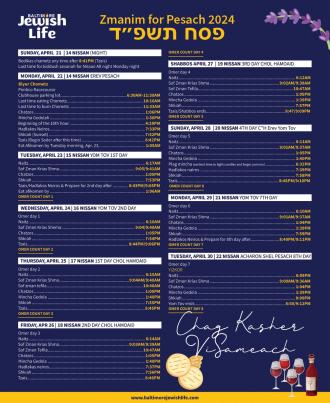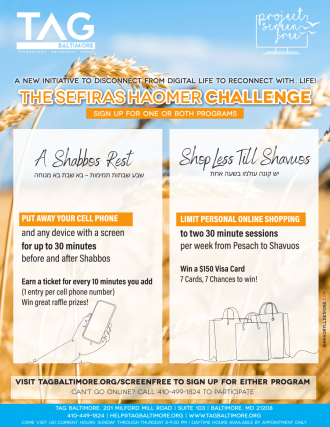New York – While many kosher stores are still reviewing Passover 2016 sales and major supermarkets are awaiting Nielsen data to determine how specific items fared, the overwhelming sense was that the just concluded holiday season will set records in many categories. Some of the categories that did extremely well was Shmura (hand-made) Matzo, pre-cut and pre-washed lettuce (also used for maror), charoset (used for the Seder) and beverages. “People were looking for every convenience in making their Passover purchases,” said Yakov Yarmove of Jewel Osco in Evanston ILL. The much talked about new items in almost every category did extremely well, albeit that some stores stuck to the more traditional items. The shmura matzoh continued to expand well beyond its traditional Orthodox market. Many supermarkets stocked the hand-made matzoh for the first time.
For distributors, there were many new stops, namely the large kosher independent stores that had opened in markets like Lakewood. As usual, spot shortages were reported but distributors say that it was more a function of “planning that fell short.” The shortages were more apt to be found at some of the 150 Passover programs which ran out of some items including chicken, kosher for Passover diet soda, and even Matzo. In general, many supermarkets stepped up their game for Passover. In South Florida, Publix for the first time published a special Passover coupon book. Kayco (Kedem) for the first time had a significant presence on the Whole Foods App with sale items and digital coupons.
In Orlando, some 2500 families jammed into villas and other housing to take advantage of the weekday interim days (Chol Hamoed) and to enjoy the acclaimed attractions. Truckloads of food were shipped from New York and in one case a truck that broke down wreaked havoc for some waiting for the food. When the delayed truck arrived, vacationers scurried to find their food. Nearly 100,000 people participated in Passover programs in facilities around the globe in what has emerged as $1 billion business with food alone topping $150 million. Social media played a large role this year in helping many foodies prepare for the holidays and literally keeping up with every major dish at the hotels. It also helped many retailers who carried specific ingredient items.

















